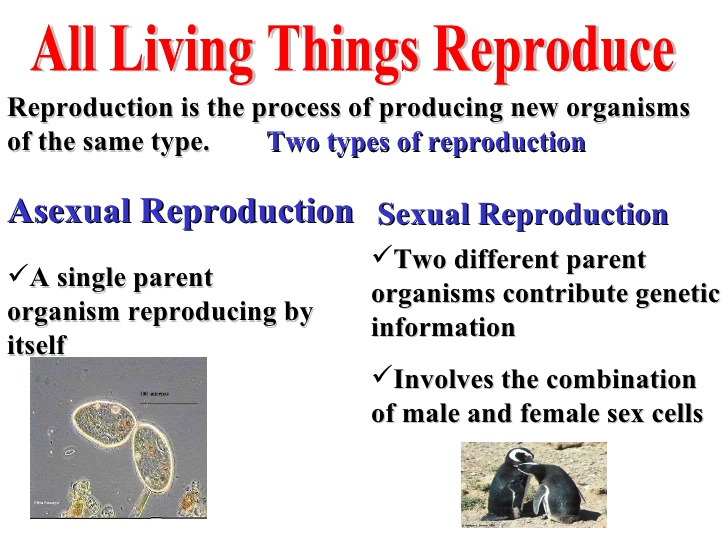All the living organisms generate their new offspring by the process of reproduction, which is essential for the continuation of the species and all life forms. However, reproduction is not necessary for the survival of all organisms but it is essential to ensure that they are not going to extinct shortly. Mainly there are two types of reproduction, sexual reproduction, and asexual reproduction. In the sexual reproduction, fertilization takes place and the fertilized cell makes the new organism. While asexual reproduction is the common phenomenon in the organisms which are composed of single cells.
Reproduction is Natural Process for Perpetuation of Species
Reproduction is the most important and obvious characteristic of the life of living organisms. All of the organisms have a definite life span and they do not live forever. By the process of reproduction, a progeny is produced that possess the features which are more or less similar to the parents of the resulting offspring, in the multicellular organism. Reproduction is the natural process in the living organism by which new individuals are produced and the species are perpetuated. Reproduction is the capability of the only living organism, and the non-living organism cannot undergo the process of reproduction. Even though reproduction is the most important feature of all living organisms, but in some cases, some individuals cannot reproduce, for example, sterile workers of honey bees, mules, and some infertile human couples. In the majority of the higher plants, and animals, the process of reproduction is the mutually exclusive event with the growth.

In sexual reproduction, it is required that the two cells such as egg cell and sperm cell, must unite with each other for producing the new and the first cell of the daughter organism. Organisms that reproduce by the process of sexual reproduction, not necessarily have sex. In some of the cases, the sperms and eggs are released to the water, where fertilization happens and the new cells for daughter organisms are formed. In asexual reproduction, the organisms undergo reproduction without getting any help from another organism. Sometimes, the organism can simply divide itself into two parts. The multiplication and spreading of fungi are easily done by the millions of asexual spores that are produced by the fungi. For the unicellular organisms such as unicellular algae and bacteria, reproduction is a synonymous process with the growth.